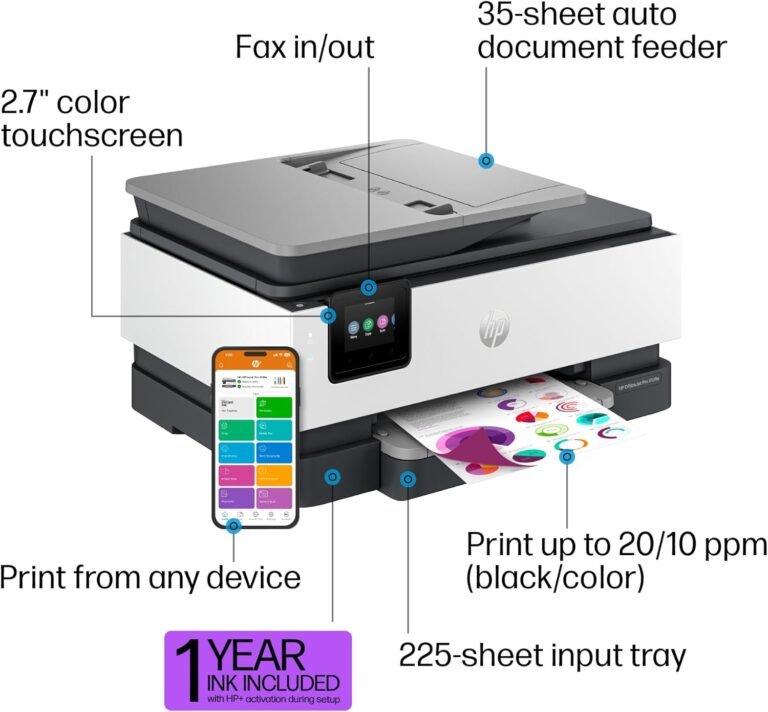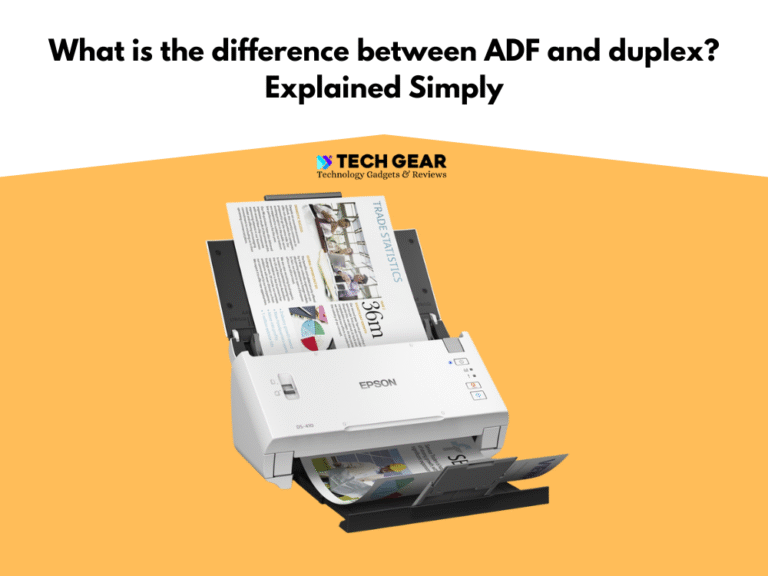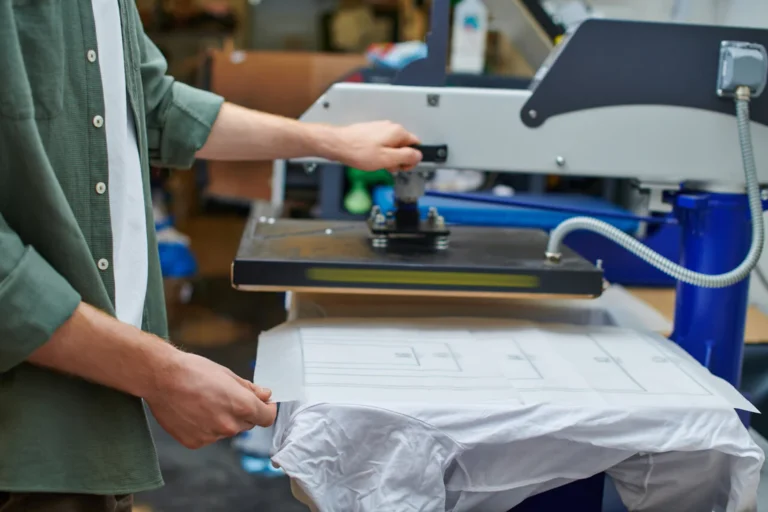Starting a Home-Based T-Shirt and Cap Printing Business (2025 Guide)
If you’ve ever dreamed of turning your creativity into a profitable business, there’s never been a better time to start a home-based t-shirt and cap printing venture. Thanks to advances in printing technology—especially Direct-to-Film (DTF) printers—it’s now easier than ever to launch your own apparel brand from your garage, spare room, or even kitchen table.
Whether you’re looking for a side hustle, planning to leave the 9-to-5, or simply want to create custom merch for your community or niche audience, this guide will walk you through every essential step. From choosing the right equipment and materials to setting up your workspace and marketing your products, we’ll help you build a solid foundation for success in 2025.
Let’s dive into the basics and explore how you can start producing professional-grade t-shirts, caps, and more—all without breaking the bank.
Starting a Custom Printing Apparel Business from Home?
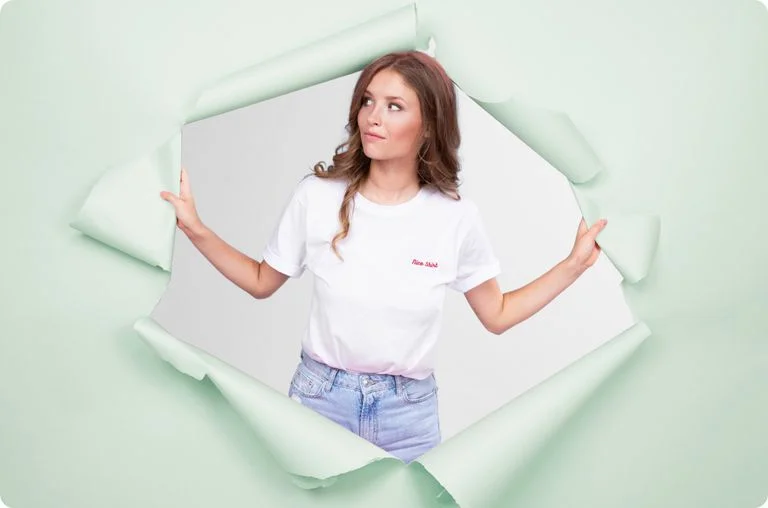
Starting a t-shirt and cap printing business from home offers a powerful mix of low overhead, creative control, and growing market demand. In 2025, more people are shopping online for personalized, niche-driven apparel—whether it’s funny slogans, event merch, or branded workwear. This creates the perfect opportunity for small creators to carve out their own corner of the fashion world without needing a retail space or massive budget.
One of the biggest advantages of a home-based setup is flexibility. You control your schedule, choose your product lines, and grow at your own pace. You can also test designs in small batches and scale up as demand increases. Plus, with tools like the Godora L1800 DTF Printer and other affordable DTF printers, high-quality printing is no longer limited to commercial shops.
By starting small, you can build a brand, connect directly with your audience, and keep costs manageable—making this one of the most accessible small business ideas for creative entrepreneurs in 2025.
What You Need to Get Started
Launching a successful t-shirt and cap printing business from home doesn’t require a massive investment—but it does require the right tools. To produce professional-quality prints, you’ll need a complete custom printing setup that covers both design and production. Below are the essentials to kick off your print-on-demand business confidently:
Essential Equipment
-
1. DTF Printer
Choose a reliable Direct-to-Film printer like the Godora L1800 or InkSonic R1390. These models offer great entry-level performance for custom apparel production.
2. DTF Inks (CMYK + White)
You’ll need pigment-based inks that include white for printing on dark garments. Always use inks recommended by your printer’s manufacturer for optimal results.
3. DTF Transfer Film
This special film captures your printed design and transfers it to fabric. Available in cold peel and hot peel versions, depending on your workflow.
4. Hot Melt Powder
Applied over the printed design while the ink is still wet, this powder melts under heat and bonds the ink to fabric. Choose a fine or coarse texture based on garment type.
5. Heat Press Machine
A flat heat press is essential to cure the powder and transfer the design onto your product. Make sure it offers adjustable temperature, pressure, and timer controls.
6. Curing Oven (Optional but Recommended)
A dedicated DTF oven ensures consistent, even powder curing—especially useful if you’re producing multiple prints per day.
7. RIP Software
RIP (Raster Image Processor) software is what allows you to control color output, white ink layering, and image size. Common options include AcroRip or DigiRIP.
8. Protective Sheets and Powder Trays
Use non-stick Teflon or parchment sheets during pressing, and trays to evenly apply hot melt powder across the printed film.
With this setup in place, you’re ready to create vibrant, durable prints that compete with high-end commercial products—right from your small business printing workspace.
Materials & Blanks
Invest in a variety of apparel blanks to suit different customer needs. Start with t-shirts and trucker hats, then expand to tote bags, hoodies, or work uniforms. Choose from cotton, polyester, or blended materials to ensure wide design compatibility with your printer and powder.
Workspace Setup
A well-organized home t-shirt printing equipment area helps streamline your process. You’ll need:
-
A stable table for your printer and film
-
A clear, ventilated space for powder application and heat pressing
-
Storage bins for blank items, printed films, and supplies
Even in a small space, thoughtful layout can speed up production and reduce mistakes.
Designing for Success
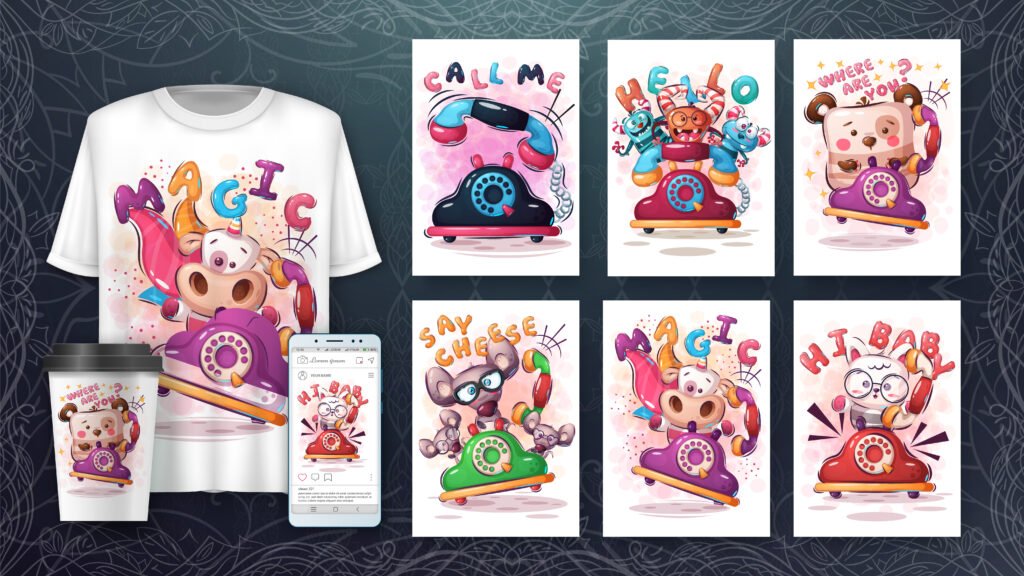
If you’re planning to offer custom kids’ t-shirts, playful and positive designs are key. Parents often gravitate toward vibrant, cheerful prints that reflect personality—think cartoon-style animals, uplifting quotes, birthday themes, or school pride. Popular phrases like “Birthday Girl,” “Future Astronaut,” or “Little Hero” add a personal, fun touch to children’s clothing. Designs tied to events—such as school plays, field days, and sports tournaments—are especially popular for group orders. If you’re starting a home-based t-shirt printing business, there’s also opportunity in local teamwear: you can create custom jerseys for town leagues, elementary school soccer teams, or school spirit events. These kinds of community-oriented prints not only build brand visibility but can lead to high-volume repeat orders during school seasons or sports events.
Design is the soul of your home-based t-shirt and cap printing business. Your ability to create eye-catching, relevant, and wearable graphics is what will set your products apart—and drive sales. Whether you’re a seasoned designer or just starting with Canva or Photoshop, here are some key strategies to help your designs connect with your audience.
Know Your Niche
Before creating your first design, define your niche. Are you targeting fitness lovers, dog parents, or coffee enthusiasts? Clear focus helps tailor your style and messaging—making your prints more marketable in a crowded online space.
Design Tips for DTF Printing
When creating artwork for Direct-to-Film printers, keep in mind:
-
Use bold fonts and high-contrast colors for easy visibility
-
Avoid overly fine details that may not transfer well to fabric
-
Always include a white underbase layer (handled by RIP software) for designs on dark apparel
-
Create print-ready files at 300 DPI resolution to maintain quality
Test and Refine
Start with small batches and gather customer feedback. You’ll quickly learn which styles sell and which ones need tweaking. DTF printing makes it easy to test ideas without large upfront investment—a huge win for your custom apparel business.
Printing & Application Process (Step-by-Step)
The magic of Direct-to-Film (DTF) printing lies in its simplicity and versatility—perfect for launching a small apparel brand or a home-based printing business. Here’s a quick breakdown of how the DTF process works, step by step.
First, your design is printed in mirror format onto a special DTF transfer film using CMYK + white inks. The white ink acts as a base layer, ensuring your design shows up brightly on both light and dark fabrics. Once printed, the design is coated with a hot melt powder, which is then cured using a heat press or curing oven. This powder turns into adhesive during heating.
After curing, the film is aligned with the garment and pressed using a heat press machine. The combination of heat and pressure bonds the ink to the fabric, creating a vibrant, durable, and washable print. Once cooled, you simply peel away the film—revealing a professional-quality transfer that rivals more expensive commercial methods.
Because of its flexibility, the DTF process works on a wide variety of materials including cotton, polyester, and blends. It’s ideal for customizing t-shirts, caps, tote bags, hoodies, and more—all from your garage or spare room.
Pricing Your Products for Profit
One of the most exciting parts of starting a home-based t-shirt and cap printing business is turning your creativity into a profitable venture. But setting the right price is key to ensuring sustainability. Your pricing should factor in all your costs—including blank garments, DTF ink, transfer film, hot melt powder, electricity, and labor (your time).
As a general rule, try to aim for a profit margin of 50–70% on each item. For example, if it costs you $6 to produce a printed t-shirt (including materials and time), you should be charging $12–$15 or more depending on your market. Caps, hoodies, and custom sets (like birthday outfits or sportswear bundles) can be priced even higher.
For bulk or school orders, you can offer package deals while still keeping margins healthy. Always consider what similar local or Etsy-based businesses charge—this helps ensure you’re competitive while still building your brand as a premium, personalized option.
Where to Source Blank Kidswear Online
To keep production smooth, it’s crucial to find affordable, high-quality blank apparel—especially for kids. Here are a few popular platforms:
-
Amazon – Great for quick shipping and variety. Look for brands like Rabbit Skins, Gildan, or Hanes.
-
JiffyShirts – Offers wholesale pricing on kids’ t-shirts, hoodies, and activewear with low minimums.
-
Blankstyle – Ideal for bulk purchases with premium options in different sizes and fabric blends.
-
Alibaba or AliExpress – Useful for overseas suppliers, especially when scaling. Be sure to read reviews and order samples.
-
Walmart or Target (Online) – Occasionally offer multipacks of blank shirts or onesies for testing designs or small orders.
When printing kids’ shirts, consider safety (like non-toxic inks), fit, and soft, breathable fabrics. Whether you’re printing birthday tees, school jerseys, or holiday outfits, quality blanks ensure a professional finish and happy customers.
Marketing Your Home-Based Apparel Printing Business
Once you’ve got your equipment and inventory ready, it’s time to focus on marketing—because even the best prints won’t sell themselves. Thankfully, with today’s digital tools, you don’t need a big budget to get noticed.
Build Your Brand Identity
Create a business name, logo, and cohesive aesthetic for your social media pages and packaging. Think about what makes your small t-shirt printing business unique. Is it your kid-themed designs? Matching cap-and-shirt sets? Local school team prints?
Use Social Media Creatively
Platforms like Instagram, Facebook, and TikTok are goldmines for visual businesses. Share videos of your printing process, before-and-after shots, customer testimonials, or time-lapse product creations. Use hashtags like #customkidswear, #homebasedbusiness, or #dtfprinting to reach more people.
Sell on Online Marketplaces
Launch your shop on:
-
Etsy – Ideal for personalized kidswear and birthday-themed shirts.
-
Facebook Marketplace – Great for local orders and community reach.
-
Shopify or BigCommerce – For a more professional online storefront.
-
Amazon Handmade – If you qualify, it offers a huge audience and fulfillment options.
Tap into Local Markets
Offer your services to schools, daycares, local sports clubs, or parent groups. You could create spirit wear, custom uniforms, or fundraiser merchandise that’s both affordable and personalized.
Encourage Word-of-Mouth
Happy customers can become your best marketing tool. Include thank-you cards with every order, offer discounts for referrals, or run giveaways to build engagement.
By pairing great prints with smart promotion, your home-based t-shirt and cap business can quickly grow from a side hustle to a full-time success.
Final Thoughts:
Starting a home-based t-shirt and cap printing business has never been more accessible—or more rewarding. With affordable DTF printers like the Godora L1800, beginner-friendly setup, and limitless creative potential, you can turn your passion for custom designs into a profitable business from the comfort of your own space.
Whether you’re printing birthday shirts for kids, matching caps for family reunions, or school team jerseys, the flexibility of Direct-to-Film printing means you can cater to all kinds of customers without major overhead. And with online platforms, local marketing, and the right tools, you’re fully equipped to grow a trusted, high-quality apparel brand.
So what’s next? Start with the basics: choose your printer, gather your materials, create your first samples—and get the word out. Each shirt or cap you print is another step toward building a business that’s uniquely yours.

